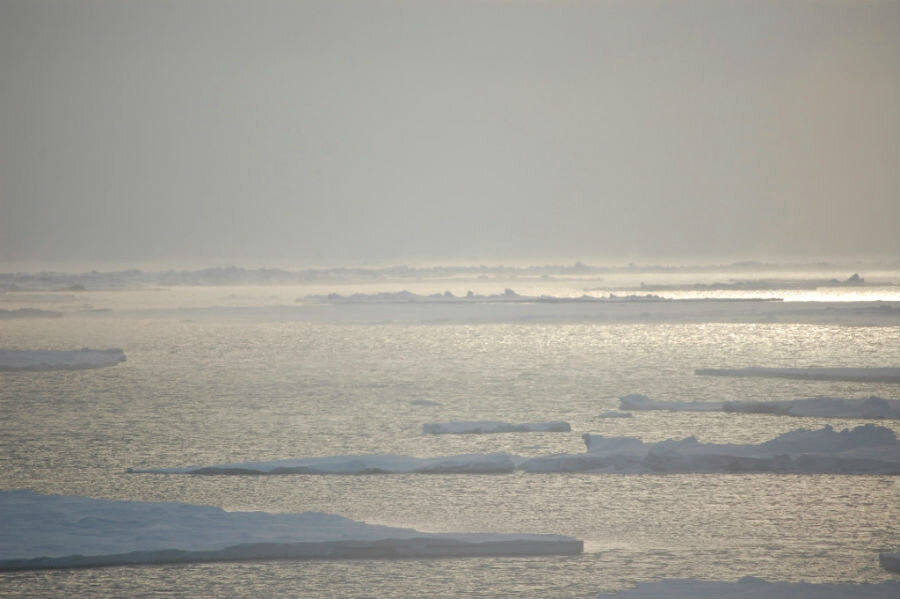North Pole expected to reach 50 degrees warmer than normal
Loading...
Just a few days before Christmas, Santa may have to take off a few layers to stay comfortable at the North Pole.
According to current weather models, the Arctic is going to be unseasonably warm later this week, with air temperatures climbing to just under the freezing point (32 degrees F.) on Thursday. While that may seem plenty chilly, it's sweltering by Arctic standards, about 40-50 degrees Fahrenheit above normal for this time of year.
While anomalous warm days have always been possible – weather everywhere can have odd short-term fluctuations – some indicators suggest that unseasonable warmth at the North Pole is becoming more frequent due to global climate change and melting ice.
And after a record-breaking warm year and an unusually warm November that significantly dropped ice coverage in the Arctic, it looks like 2016 may be ending on yet another unpleasantly warm note in the far north.
According to a study published in the journal Nature earlier this year, Arctic temperature spikes occur once or twice every decade since the 1950s. But this is the second December in a row where a temperature spike like this has happened in the Arctic. Last year's spike was even more extreme than this one is predicted to be, with temperatures passing the melting point, an extremely rare occurrence in an Arctic winter.
The predicted temperatures later this week are driven in part by a series of storms that are bringing uncommonly warm air to the region. The main culprit is a storm set to hit Greenland and Britain that could be a record setter for strongest storm to develop in that area of the North Atlantic.
While two consecutive years of unseasonable heat in Arctic winter could be an indicator of climate change, Zachary Labe, a doctoral student researching the Arctic at the University of California-Irvine, cautions that two similar instances in a row do not necessarily define a new normal – at least, not yet.
"I don't think anyone can for sure say" that these unseasonable temperatures are becoming more common, Mr. Labe told The Washington Post. "The variability in the Arctic is tremendous."
A heat spike like this may be unusual, but the overall upward climb in Arctic temperatures is clear. While the rest of the world has also been feeling the heat on climate change, the Arctic is warming about twice as fast as the rest of the globe, making for much more dramatic environmental shifts in the far North.
In November, for instance, a month usually associated with the growth of ice in the Arctic, a sudden reversal in this trend led to the loss of 19,000 square miles of ice over five days, a phenomenon only precedented by a smaller ice loss in 2013, according to the National Oceanic and Atmospheric Administration (NOAA).
Increasingly low ice coverage may also have contributed to this week's projected highs, since the depleted ice cover east of the Nordic sea has created a channel for warmer air to flow North.
"You have more real estate available to advect the warm and moist air northward," Ryan Maue, a meteorologist with WeatherBell Analytics, told The Washington Post.
And without an icy barrier between a warming ocean and the air, there is nothing to cool off the Arctic air and prevent a massive temperature spike.
"It's all expected," research professor Jennifer Francis of Rutgers University told the Guardian in November, referring to the high temperatures during that month. "There is nothing but climate change that can cause these trends."








